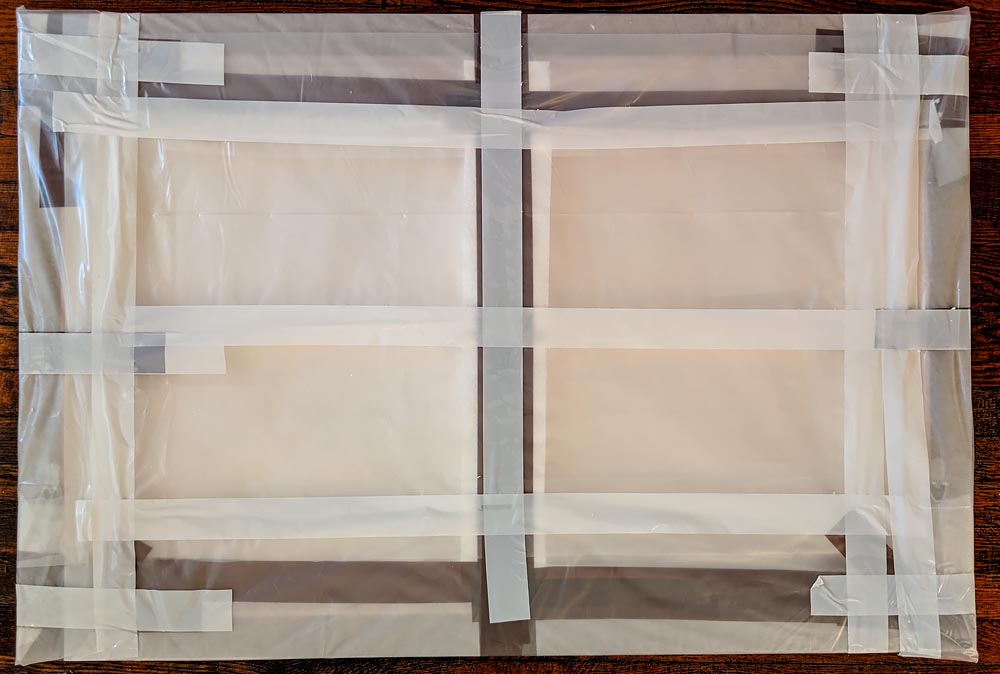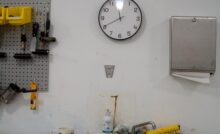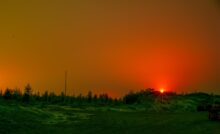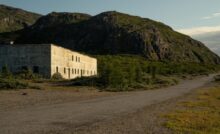Lectures and Workshops for Art and Photography Students


Lectures and Workshops for Students
I offer several lectures, workshops, or classes, covering photography, social media, portfolio curation, grants, marketing:
- Visiting Artist: Night Landscape Photos of Greenland
- Social Media for Artists
- Portfolio Selection
- How to Write Winning Grants
- Ways to Market an Exhibition
Each is customized and is very hands-on, focused on real-world solutions to problems facing students, artists, and photographers.
They could take the form of:
- One-hour lecture, with Q&A.
- Two to three-hour workshops, where personal reviews, strategies, etc., are drafted.
- Several ongoing talks, lectures, or classes, combining one or all of the topics.
1. Visiting Artist: Greenland
www.stevegiovinco.com/greenland.
“Darkland” is a photographic landscape series spanning history, environmentalism, and the primordial beauty of Greenland, representing an arc of photographs taken in remote northern Arctic settings at night:
- Present about one hundred+ images taken during my grant-funded trip.
- Describe working at night taking long exposures of an hour or more, usually made without looking through the viewfinder.
- How Greenland and the arctic environment are changing due to climate change.
- Ways to edit a portfolio from thousands of photographs.
Last year, I gave a similar talk at the Yale Club of New York.
2. Social Media for Artists
Social media for artists and photographers can be bewildering, a blessing, or both. With many tools (Facebook, Instagram, Tumblr, Twitter, blogs), we’ll review:
- Ways to use social media platforms to build a strong online presence to help promote work.
- Connect with galleries and curators using social media platforms: the right and wrong way.
- Find key followers, such as dealers, bloggers, collectors, and other influencers.
- How to repair a damaged online reputation or respond to problems.
- Proper use of hashtags and “@” usage to share about a specific project or topic.
- Use of Snapchat and other new platforms for personal narrative digital imaging projects.
3. Select Work for a Book or Portfolio
https://www.stevegiovinco.com/portfolio
Review 17 real-world tips on how to build a strong and cohesive body of work. The approach is both methodical and intuitive:
- Be a dispassionate observer, and imagine how a stranger would look at your work.
- Limit work only to about two hours a day to avoid burnout.
- Rate images/photographs in rounds carefully.
- Pick truly amazing work. If it’s not “great,” then remove it and move on.
- Live with this body of work for weeks or months, if necessary. Then, come back and look through the selection again and again.
- Keep an open mind and let the work guide you, always following the photos and seeing what they tell you.
4. How to Write Winning Grants
Using real-world examples, we’ll go over step-by-step ways to write strong grant or artist residency proposals and select work supporting the project. Much of the time will be spent writing a draft proposal, which is key. Other key tips we’ll cover are:
- Get over grant writing blocks and how to move beyond fear.
- Proposal writing describes the project and your work by focusing on brevity, clarity, and jargon-free descriptive language.
- How to read and research grants and previous artists or photographers who’ve won.
- Select work that is coherent in theme, mood, or subject to support the proposal.
- Ways to ask for recommendations from people you know.
- Set up a system to track upcoming grants and organize materials to seamlessly apply for the next grant. Keep applying–it becomes a numbers game.
5. How to Market An Exhibition
Having a show is the goal of nearly every artist or photographer, but marketing it properly (or at all) is one aspect that most artists ignore. So here’s how to do it, based on my real-world experiences:
- Collect a list of publications and contacts six months before the show.
- Find appropriate publications that might be interested in the project, such as blogs, magazines, alumni publications, newspapers, and curators and gallerists.
- Write your own press release, and draft a brief email intro about the show with an image to writers, critics, publications, radio stations, bloggers.
- Update materials such as your resume and images on your website, and if necessary, create a new page or blog post for the new work or show.
- If your exhibition is in another city or country, start making appointments with dealers and curators.
- Create and make your own postcard a month beforehand. Then, email everyone on your contact list before the show with an embedded image.
- Make a list of those you want to reach out to for an Instagram takeover, like:
- The venue, gallery, or museum hosting the show.
- Nearby galleries or museums.
- Dealers you have contact or a relationship with.
- Tourist groups in another country.
- Alumni groups.
- Start sharing on social media such as Facebook, Instagram, and Twitter; do so days a week before and after the show, including the opening, the work, and scenes shots.
About Steve Giovinco
Steve Giovinco is a fine art photographer who exhibits widely in North America and internationally. Steve earned an MFA from Yale University and has been awarded fellowships, grants, and numerous artist residencies fellowships, including Yaddo. Showing in over 100 group and solo gallery and museum exhibitions with artists such as Jeff Wall and Martin Parr, Steve’s work has been collected by several institutions, such as the Museum of Fine Arts, Houston, The Brooklyn Museum of Art, and Yale University. Reviews have been published in Art in America; his work has appeared in the New York Times, in several catalogs, and in “Summertime,” a book published by Chronicle Books.
Recent Posts
Exhibiting at 18th Jeonju International Photography Festival
I’m excited to be included in the 18th Jeonju International Photography Festival, taking place from…
Photographs of Abandoned US Base, Greenland
With support from the American-Scandinavian Foundation and VisitGreenland, I spent a month photographing in Narsarsuaq,…
How to Improve Your Online Visibility: Effective SEO Tips for Photographers
As photographers, the first impression potential clients, art dealers or museum curators have is to…
The Unsettling Beauty of Color: Far from Heaven, Fassbinder, Eggleston
As I sat after seeing Far from Heaven last night, the Question and Answer conversation…





